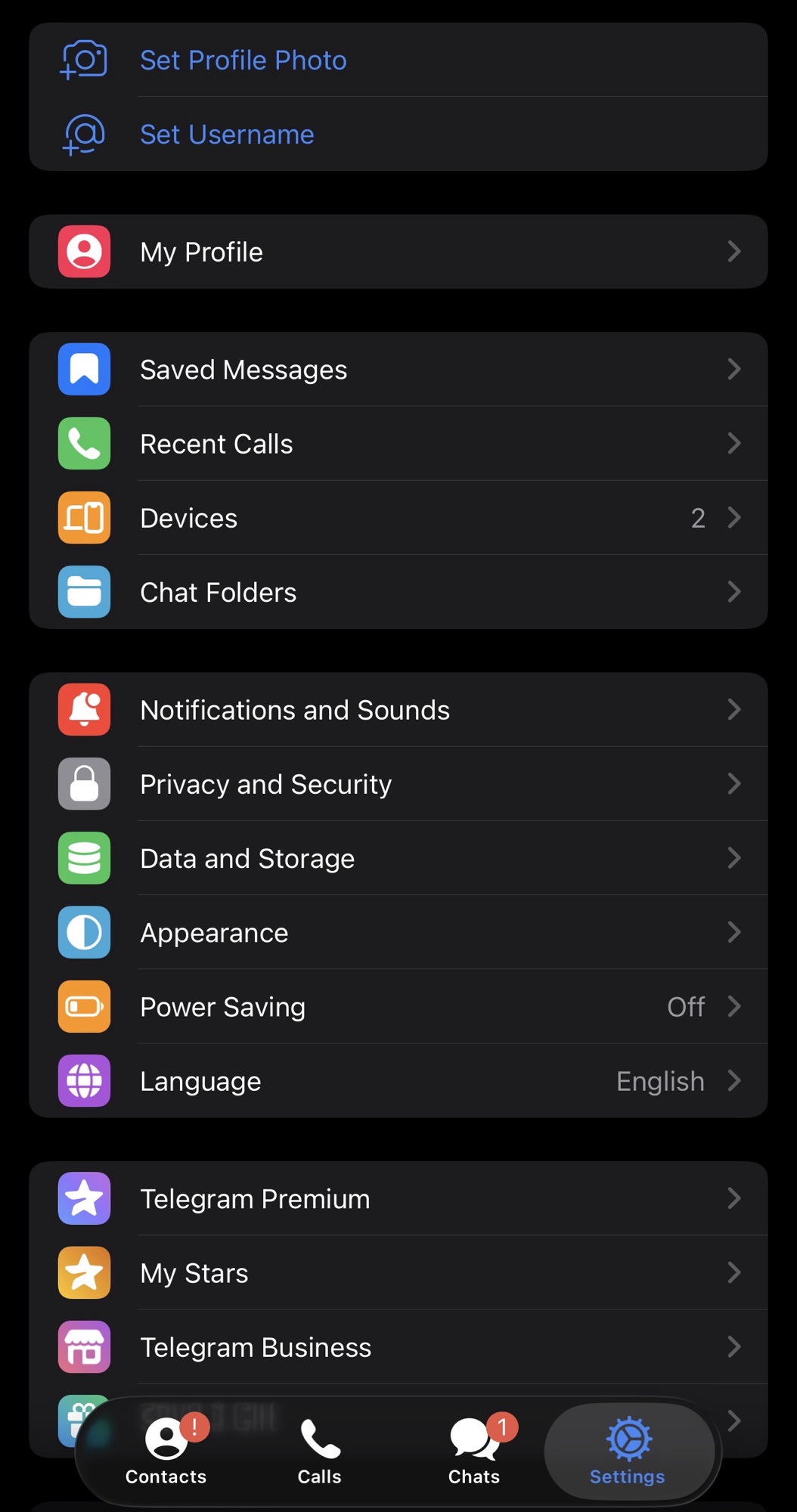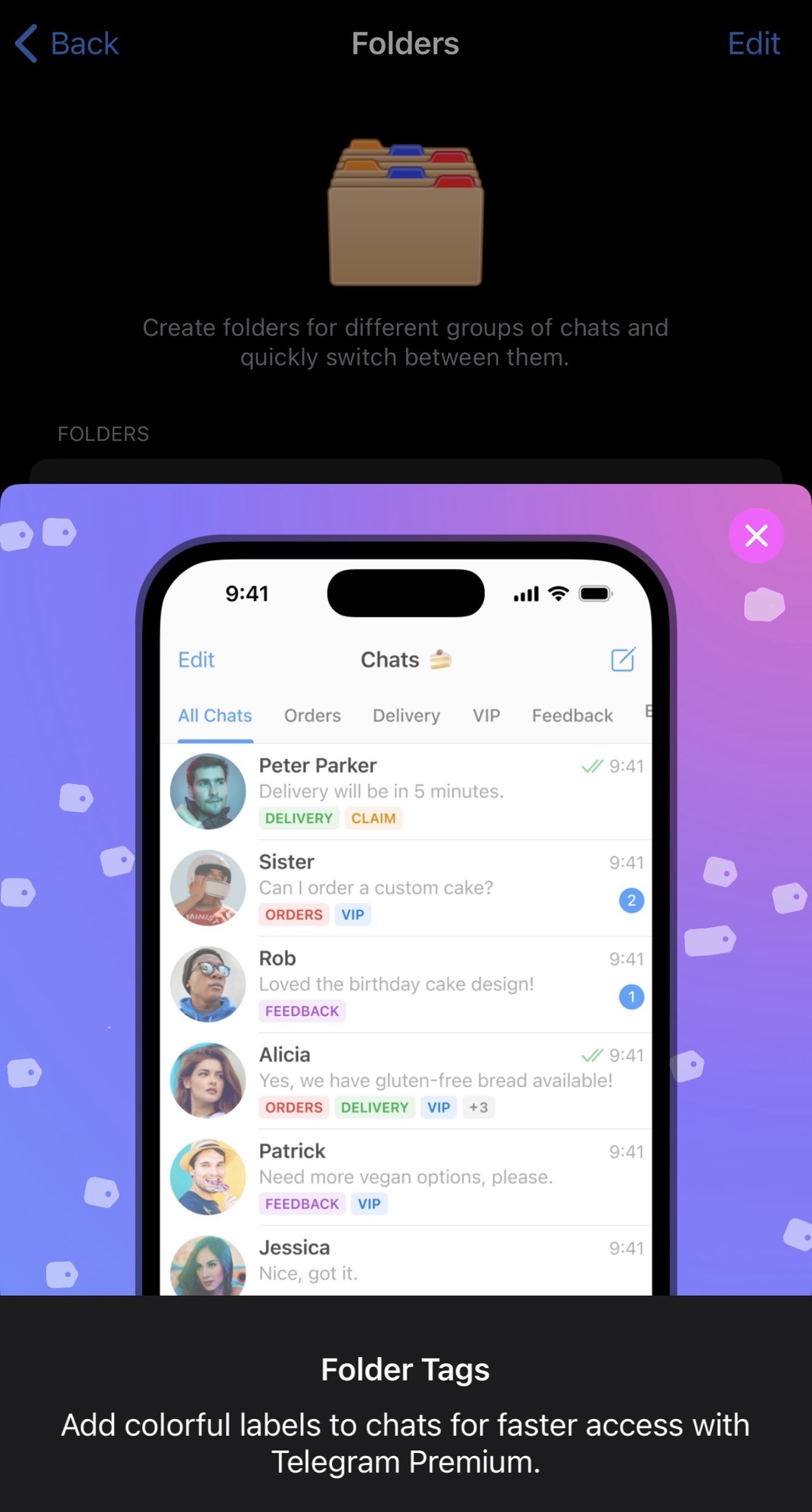Understanding Telegram – Parent’s Guide | Understand Tech
A quick, parent-friendly overview of Telegram’s features and safety settings.

As a parent I understand how overwhelming it can be to keep up with the apps our kids use every day. One app that keeps popping up is Telegram. It’s popular, powerful, and pretty different from other messaging apps like WhatsApp or Messenger. Here’s what you need to know—and what you can do—to make sure it’s safe for your family.
What is Telegram?
Telegram is a messaging app that lets users send texts, videos, photos, and files, make voice and video calls, and create groups or channels with thousands of members. More than a billion people use it globally, including many teens and young adults.
Unlike many apps, Telegram puts a strong focus on privacy with features like “secret chats” that use end-to-end encryption and self-destruct messages. This means messages can disappear forever after a set time, which sounds great for privacy but also means parents can’t see what’s being shared.
Who Can Use Telegram? Age Guidelines and Realities
Officially, Telegram requires users to be at least 16 years old to create an account. However, this age limit is not strictly enforced—there’s no real age verification during sign-up. That means younger kids can (and do) create accounts even if they’re underage.
Because of this, it’s important to consider your child’s maturity level and readiness. For many parents, Telegram is not recommended for children under 16, and if your teen is using it, they need clear boundaries and safety rules.
What Are the Risks?
- Exposure to inappropriate content: Telegram has many public groups and channels with lax moderation. Kids can unintentionally or intentionally find adult content, violent images, or other material not meant for them.
- Stranger interactions: Anyone can search for a username and send messages. If privacy settings aren’t adjusted, your child can receive messages from strangers.
- Self-destructing messages: These disappear after a timer, making it harder for parents to monitor conversations or detect problematic behavior like cyberbullying or grooming.
- Anonymity and privacy tricks: Features like secret chats and profile privacy settings can be used to hide activities.
- Addiction risk: Telegram’s vast groups and channels are engaging, which can lead to excessive screen time impacting mental and physical health.
How Can Parents Intervene and Monitor?
While Telegram doesn’t have built-in parental controls, there are practical steps you can take to stay involved and keep your child safer:
1. Secure Privacy Settings Together

- Hide phone number from everyone except contacts.
- Prevent strangers from finding them via username or phone number search.
- Restrict who can add them to groups or call them.
- Hide “last seen” status and profile photo from strangers.
2. Enable Two-Step Verification

Add a second layer of login security to your child’s Telegram account by enabling two-step verification to prevent unauthorized access.
3. Have Open Conversations About Use
Encourage your child to talk about what they see and experience. Help them understand the risks of sharing personal information and talking to strangers.
4. Use Third-Party Parental Control Apps
Use trusted apps like iKeyMonitor or Qustodio to monitor activity, screen time, block or restrict access, and receive alerts.

5. Create a Family Media Use Plan
Set clear rules about Telegram use times and balance screen time with offline activities.
What Kind of Content Are Kids Exposed To?
Telegram combines private messaging, group chats, and public channels. Kids might use it for hanging out with friends, joining hobby groups, or following channels for news and entertainment. However, the openness of many groups means they might also encounter inappropriate or harmful content.
Final Thoughts
Telegram is a powerful communication tool, but its privacy features mean parental involvement is crucial. By knowing the app, securing settings, having open talks, and using monitoring tools, you can help your child enjoy Telegram safely and responsibly.
Step-by-Step Parental Action Plan for Monitoring Telegram
1. Understand Telegram’s Features
Learn how Telegram works: messaging, groups, channels, secret chats, and privacy options. Familiarize yourself with the app on your own device.

2. Discuss Telegram Use Openly
Have an honest conversation with your child about Telegram and your goals for safety. Set expectations around responsibility and respect.
3. Check Your Child’s Account Settings Together
- Hide phone number (Settings > Privacy and Security > Phone Number).
- Restrict who can add them to groups and who can call them.
- Set “Last Seen & Online” visibility to “My Contacts” or “Nobody.”
- Enable two-step verification for security.
4. Regularly Review Contacts and Groups
Check who your child chats with and their group memberships. Encourage avoidance of strangers and reporting of suspicious content.
5. Use Third-Party Parental Control Apps
Install trusted control apps like Qustodio or iKeyMonitor for monitoring, screen time control, and alerts.
6. Set Usage Boundaries
Agree on specific times for Telegram use like no usage after a set hour or during family time.
7. Educate About Safety Risks
Warn about sharing personal info, risky links, and self-destructing messages. Encourage openness about negative experiences.
8. Stay Involved and Updated
Keep conversations ongoing and review rules as your child grows. Stay aware of Telegram updates affecting safety.







